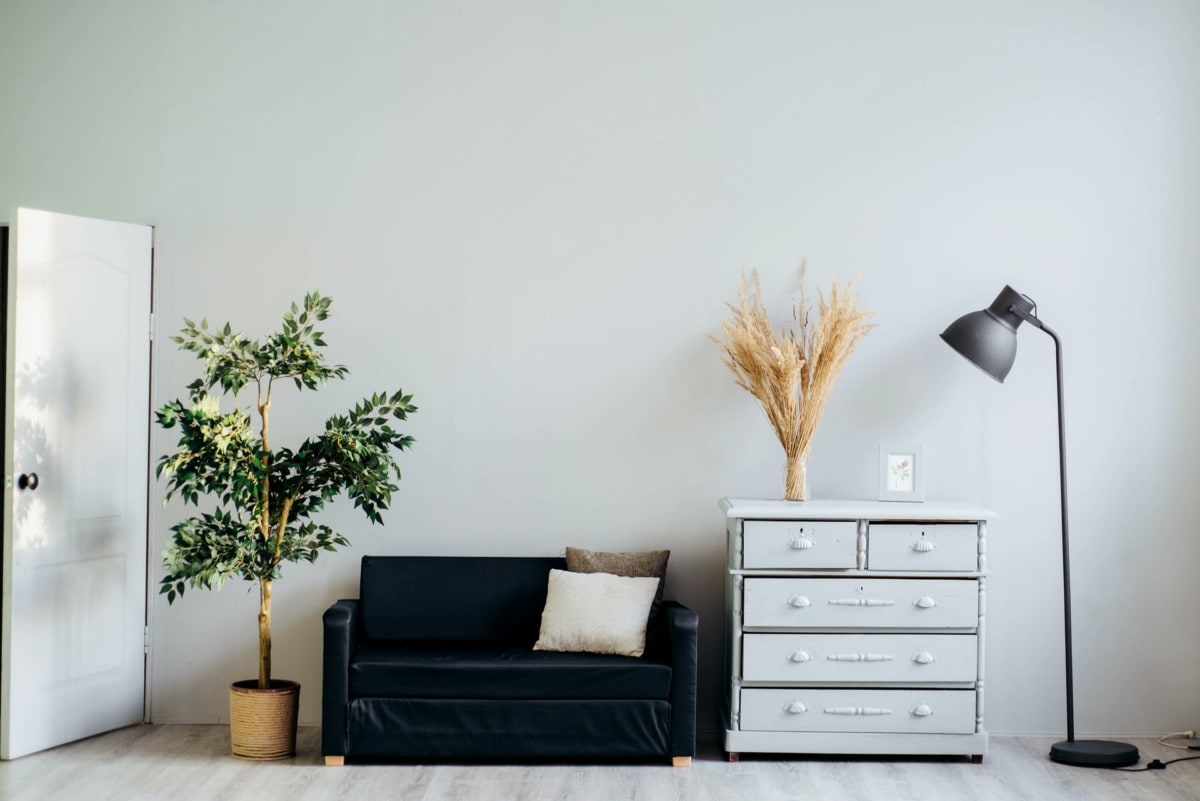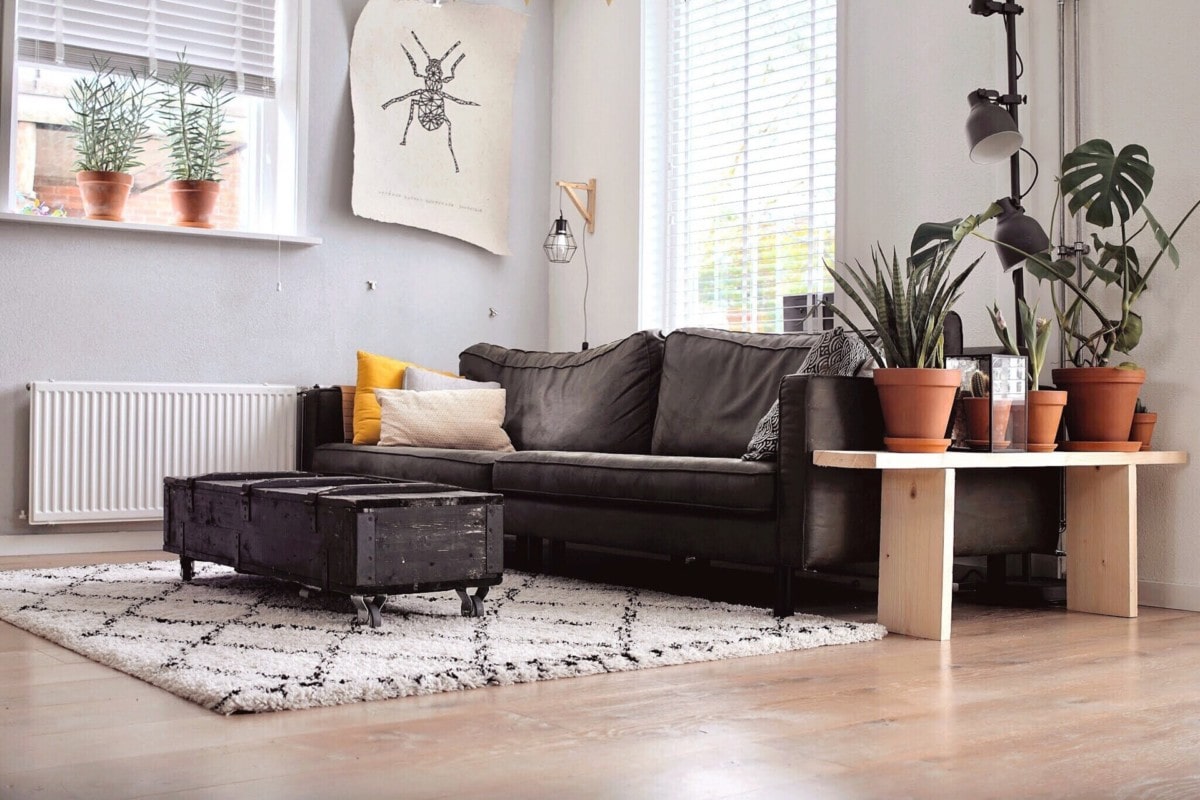Your home should be a retreat from the hustle and bustle of daily life but that’s not always the case. Whether you have roommates, children or a spouse finding a space at home to relax and gather your thoughts can be pretty difficult. That’s why we reached out to the experts from Vancouver to Tallahassee to provide you with a few tips and tricks to creating a designated quiet space at home.

Choose a household designated area
Creating a quiet space may mean communicating to those in the household that the designated area is for alone time. This can be done by verbally setting the boundary with housemates. It can also be done through furniture choice: one chair, one light, one table. The singleness of objects signals alone time. – Guidance Teletherapy Family Counseling
Access to fresh air is a must
For my quiet room, I need to make sure there is a window or door that can be opened. Even when I lived in NYC and there was tons of noise out my window, even when really hot or really cold, opening a window for some fresh air while I meditate, pray, or read helps me feel so much calmer. I’m also big on incense, especially sandalwood which reminds me of a friend who helped me through a really hard time in life. The smell reminds me I’m not alone…so I recommend a candle or scent of some sort that brings you happy memories too. Last but not least, sitting low to the floor helps me feel grounded and calm, so I’ll make sure to have a cushion or big blanket available for that. – Space For Anything
Layer your colors from a neutral palette
Creating a peaceful and quiet room begins by layering colors from a neutral base palette in your selection of rugs and carpet, wall colors, furniture, throw pillows, and blankets. Neutral color tones range from whites and creams to taupes, mushroom grays, and other cozy earth tones. A neutral base palate allows for effortlessly transitioning artwork, decor, and natural elements from season to season. Adding neutral texture—whether it be chunky blankets or rustic wood decor elements—to natural texture such as tree and floral trimmings—will all add a layer of quiet and calm to any room. – Autumn Soul

Engage your senses with calming elements
When designing your space, think about creating a full sensory experience by engaging sight, sound, touch and smell. If you are going for a calm space, use neutral colors, soft blankets, lavender for essential oils and a waterfall sound machine. By engaging our senses, you will create an experience in your home that will bring you serenity as soon as you walk in. – Caring Therapists of Broward & Palm Beach
Use subtle noise dampening techniques
When most people think about creating a quiet room for themselves, almost everyone thinks that means slapping a few of those acoustic foam squares they’ve seen in music studios on their walls and hoping for the best. That might be part of the project, but you might find that more subtle techniques like sealing your windows with acoustic caulk, applying a layer of sound dampening paint, or adding a soundproof door sweep can go a long way in improving noise levels without clashing with your room’s interior design – which is especially important to avoid if you’re looking to create a tranquil space to unwind in. If you find some of those less intrusive soundproofing materials aren’t enough, our favorite thing to do over at Soundproof Silence is to use a combination of decorative sound dampening curtains (not only for windows but even to hang along walls or ceilings) and more decorative soundproofing panels that have a splash of color (you can get more than just black foam), interesting shapes (hexagons, raindrops, etc), or are actually pieces of art (try searching “acoustic art panels” to find the perfect fit for your space). – Soundproof Silence
Make it your own
Create your space using memorabilia or items that bring you comfort. Many items can double as soundproofing options, including rugs, blankets, pillows, and artwork. Explore lighting to create a serene environment by incorporating light dimmers, colored bulbs, different sized/shaped lamps. Even though you are creating a quiet space, don’t forget that sound and silence both play an important role in your environment. Find a playlist that allows you to be centered with songs that do not have a lot of lyrics; instrumentals are great. And don’t forget that quick access to speaker volumes is important…maybe even take a sound break! – Small Steps Music
To create a personal calming spot in your home, the first step is finding your inspiration – that special something that makes you feel connected and creative. Maybe it’s a favorite piece of art bursting with color, your grandmother’s beloved teacup, a map of Paris or the cozy blanket you bought in Ireland on a chilly September day. Start with something meaningful, add a calming wall color, layer some textured pillows, maybe bring in a piece of new furniture and choose lighting that creates a warm ambiance. Always surround yourself with things you love. – Joanne Modica Interiors

Incorporate a variety of textures and plants
Soft textures, plants and a comfortable place to rest are the key components to creating a relaxing space. The central element could be a cozy chaise lounge or side chair in a neutral hue that can be paired with a couple of decorative pillows and a throw blanket in soft textiles for added comfort. The decorative pillows and throws can be textured or understated printed patterns in colors that make you feel relaxed. To complete the space, plants such as aloe vera and rosemary can be set on the floor or on a coordinating side table to add not only calming and beautiful visuals but also subtle soothing scents. – Sierra Neale
Art is essential
The right painting can add a calming presence to your room. I would recommend a large piece with an open composition that allows for a lot of breathing room in the piece. In addition, a lighter color palette with white and pastel tones creates a soothing space to let your mind and body rest after a long day. – Sheila Arora

 United States
United States Canada
Canada